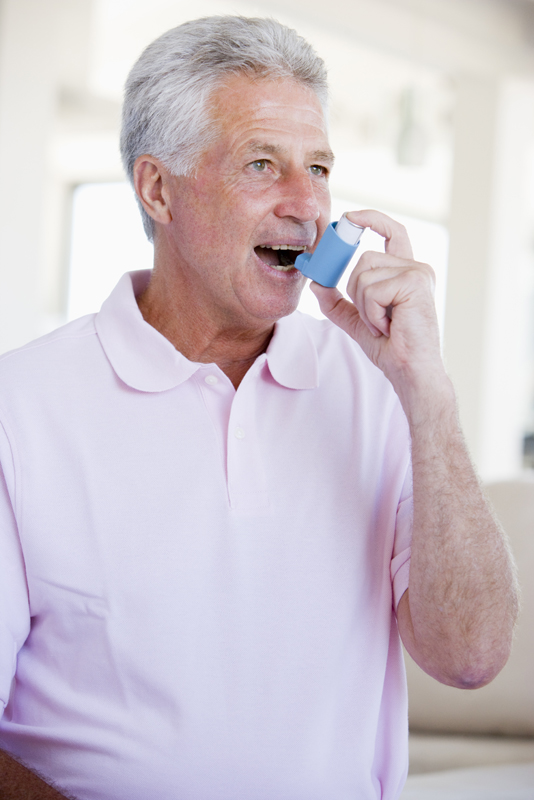Parents should prepare now as peak asthma season approaches
A spike in asth ma-related medical visits, asthma attacks and hospitalizations occurs each year at this time as kids return to school from summer break according to a review of past claims data and public health records by Univera Healthcare. The annual asthma spike is expected to start in late August and continue through the end of September.
ma-related medical visits, asthma attacks and hospitalizations occurs each year at this time as kids return to school from summer break according to a review of past claims data and public health records by Univera Healthcare. The annual asthma spike is expected to start in late August and continue through the end of September.
Monthly trends in asthma-related emergency room visits per 1,000 age group in upstate New York in 2017 and 2018 combined. The chart shows that for all children age 0-17, there is a spike in asthma-related emergency room visits in the month of September. Children ages 0-4 have the highest spike, followed by children ages 5-9, children ages 15-17 and children ages 10-14. The source of the data is Univera Healthcare claims data from 2017 and 2018.

“With school just days away, now is the time for parents to ensure that their child’s asthma control medications are being used as directed, and that asthma rescue medications are available at both home and school,” said Steven Dina, M.D., Medical Director at Univera Healthcare. “Consult with your pediatrician to develop or update your child’s asthma action or management plan.”
Asthma action plans indicate a child’s daily treatment, including which medicines to take and when to take them. It also explains how to identify when asthma symptoms are severe enough to contact the child’s pediatrician or to take the child to urgent care or a hospital emergency room. All adults and schools who care for a child with asthma should have a copy of the child’s asthma action plan and understand their responsibilities regarding the child’s care.
“The annual asthma spike is caused, in part, by the increase in respiratory infections among kids who are exposed to more germs once they return to school,” said Dina. “The common cold is one of the most frequent triggers for asthma attacks in very young children.”
Asthma triggers specific to late August and September include the change from a relaxed, summer schedule to a structured school day and the impact it can have on medication schedules. In addition, late summer and early fall is the peak time of year for molds and pollen, which can affect children living with asthma.
Nearly 13 percent of upstate New York children younger than age 18 are affected by asthma.
Univera’s review of upstate New York claims data from January 2017 to December 2018 reveals that children between the ages of 0 and 4 experience more asthma-related emergency room visits at this time of year (17.1 per 1,000) than children age 15 to age 17 (5.7 visits per 1,000).
“If you have asthma, you have it all the time, but actual asthma attacks occur only when something bothers the lungs,” said Dina. During an attack, airways become swollen and inflamed. The muscles around the airways contract and the airways produce extra mucus, causing breathing (bronchial) tubes to narrow. Some sufferers liken an asthma attack to the feeling of drowning because it is extremely difficult to breathe. Mild episodes may last only a few minutes; more severe episodes can last from hours to days and become a life-threatening emergency.
Six steps to controlling your child’s asthma:
- Check in regularly with your child’s doctor to make sure medications are working and available at home and at school.
- Make sure your child takes all asthma medications as directed.
- Alert school staff regarding your child’s asthma, including details about triggers and signs of an asthma attack.
- Teach your child to notice asthma triggers and warning signs.
- Reduce asthma triggers at home by washing bedding with hot water once a week and using allergy-proof covers on mattresses and pillows.
- Prevent the spread of germs by encouraging proper hand-washing by the entire family and making sure that every family member age 6 months and older receives a yearly flu shot.











